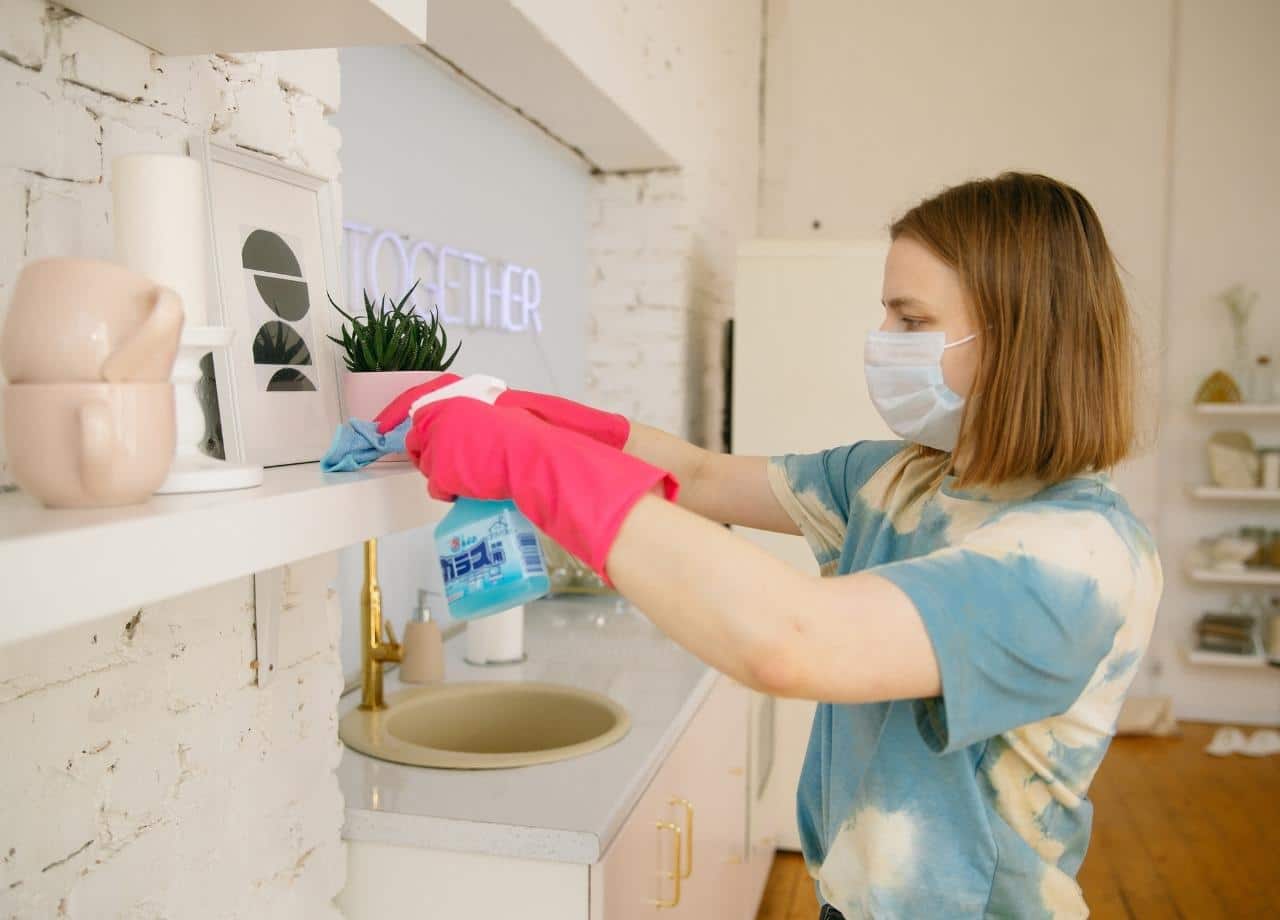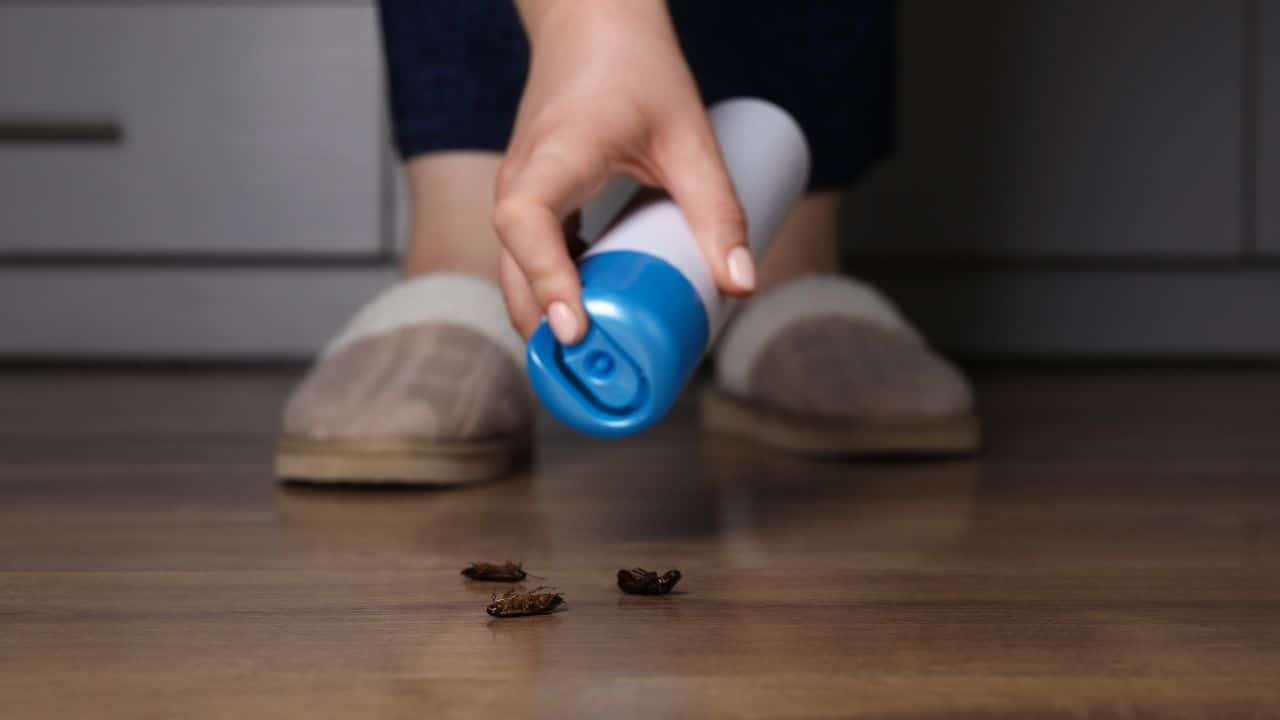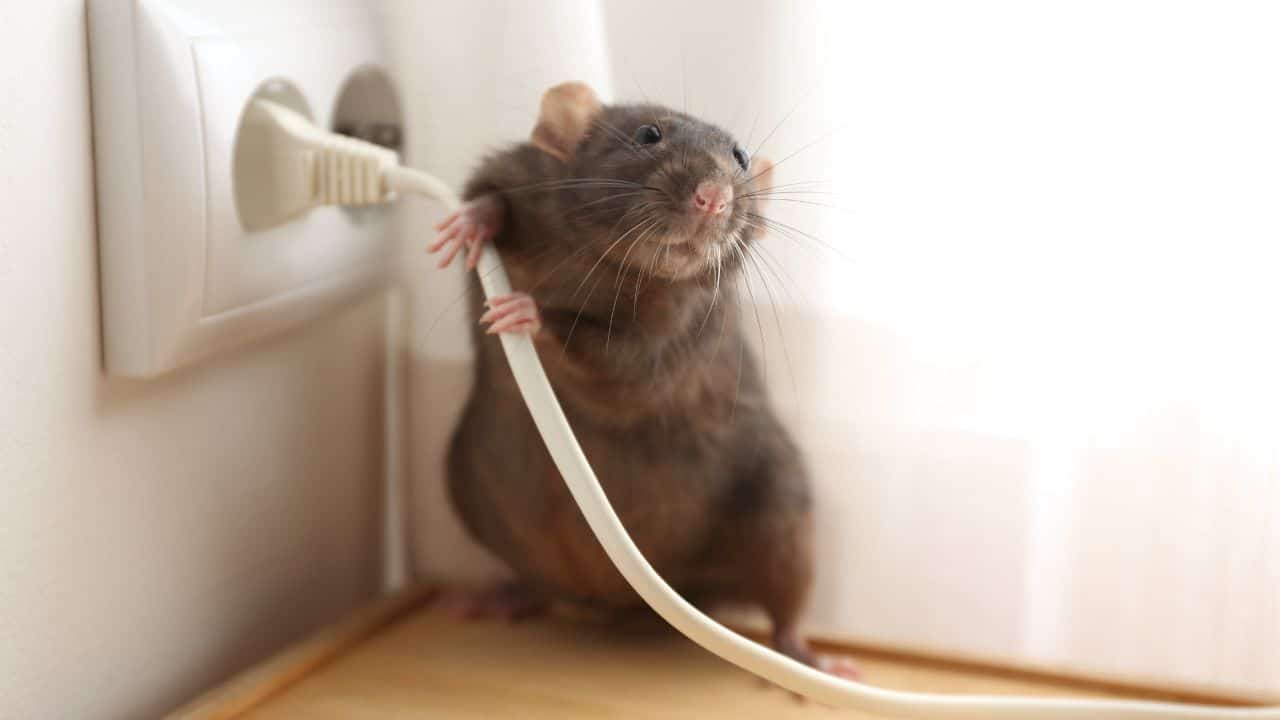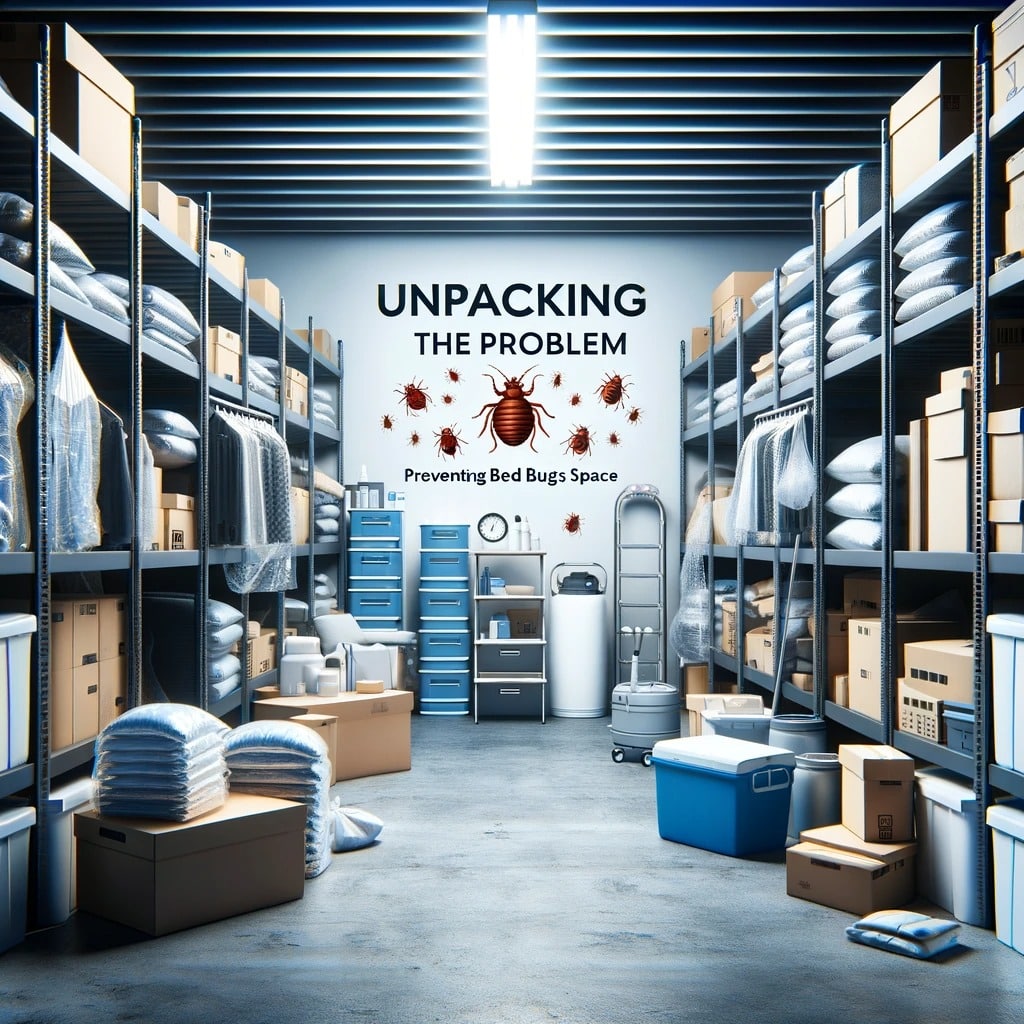It’s easy to understand why many people reach for a can of spray or a box of traps when they see pests in their home. The idea of handling it quickly and cheaply on your own sounds appealing. But DIY pest control often creates more problems than it solves, especially in apartments where pests move freely between units, or in houses where the issue may be larger than what’s visible. What looks like a simple fix can lead to health risks, damage to property, wasted money, and pests that become even harder to control.
Why DIY Pest Control Often Fails?
Most pests you see are just a small part of a bigger problem. That one cockroach in the kitchen may be a sign of hundreds more hiding in cracks and wall voids. Spraying store-bought products might kill what’s visible, but it rarely addresses where pests actually live and breed. Rodents, for example, can squeeze through tiny openings and set up nests in hidden spots. Setting a trap or two won’t come close to wiping out the population if entry points aren’t sealed and nesting areas aren’t treated.
Another major reason DIY methods fail is that pests adapt. Many products sold in stores are diluted versions of what professionals use. Over time, cockroaches, ants, and even bed bugs can build resistance to these weaker chemicals. The result is that the pests remain, but now they’re tougher to treat when professionals step in.
Health Risks That Don’t Always Get Noticed
What often gets overlooked is how dangerous DIY pest control can be to residents’ health. Store-bought sprays and powders contain chemicals that may cause breathing issues, skin irritation, or even long-term health problems if not used properly. Spraying too much in a small kitchen or bedroom, for example, can leave behind residues where food is prepared or where children play.
Rodenticides, the poisons used for mice and rats, are another concern. Misuse can harm pets that accidentally eat the bait, or even children who come across it. Professionals are trained to place these products in secure, tamper-proof stations, while DIY methods often leave them out in the open.
The danger doesn’t stop with chemical use. Some pests, like rodents and cockroaches, carry diseases that can spread through droppings, urine, or shed body parts. A DIY cleanup after spraying or trapping can stir up allergens and bacteria, putting residents at risk without them realizing it.
Problems That Spread in Apartments
Apartments add another layer of complexity. When one resident tries to handle pests on their own, they may actually drive the problem into neighboring units. Roaches sprayed in one kitchen can scatter and find new hiding places down the hall. Bed bugs treated with foggers, often called “bug bombs,” don’t die off—they spread. This creates frustration not only for the resident who tried the DIY fix but also for property managers who now have to deal with an infestation that has spread across multiple apartments.
Noise and odor can also become a problem. Strong-smelling sprays or overuse of powders can drift into shared hallways or nearby units. Residents may complain, and property managers could be left dealing with unhappy neighbors before the real pest problem has even been solved.
Property Damage from the Wrong Approach
DIY pest control can quietly damage property in ways that go unnoticed until it becomes expensive. Overuse of liquid sprays can stain walls, flooring, or furniture. Foggers can leave residue on electronics, clothing, and bedding. Powders used in the wrong spots can clog HVAC systems or create buildup in hard-to-clean areas.
Rodent traps and glue boards, if placed incorrectly, can catch pets or damage surfaces. Even worse, when rodents die in hidden spaces due to improperly placed bait, the smell can linger for weeks, leading to complaints and costly cleanups.
In houses, the issue can be even more destructive. Termites and carpenter ants, for example, cause damage from the inside out. A homeowner who relies on DIY sprays at entry points might think the problem is gone while pests continue eating away at wood behind walls. By the time the damage becomes visible, the repair bill can be far greater than if professional help had been called early on.
The False Sense of Savings
One of the biggest reasons people turn to DIY pest control is cost. A can of spray or a box of traps seems much cheaper than hiring a professional. But the reality is that repeated trips to the store, combined with treatments that don’t actually solve the problem, often end up costing more over time.
More importantly, the hidden costs—like damaged property, health issues, and infestations that spread—quickly outweigh any savings. A resident who tries multiple DIY methods and still struggles with pests often becomes frustrated, and property managers face longer timelines and higher costs to fix what has now become a larger infestation.
Why Professional Help Matters
Professional pest control is not just about stronger products. It’s about strategy, training, and long-term solutions. Licensed technicians know where to look, what to use, and how to apply treatments safely. Instead of spraying at random, they inspect thoroughly to find nesting areas, entry points, and the root of the problem.
In apartments, coordinated treatment across multiple units is key. This prevents pests from simply moving from one place to another. With DIY efforts, each resident acts on their own, which usually makes infestations spread instead of shrink. Professionals work with property managers to create building-wide solutions, ensuring that pests are handled effectively without creating new problems.
Companies like Pest Share go a step further by making pest control accessible in a simple, hassle-free way. Instead of waiting until the problem is overwhelming, residents can request help as soon as they see an issue. This proactive approach means fewer infestations, less damage, and far less stress for property managers.
Looking at the Bigger Picture
DIY pest control may feel like a quick solution, but it rarely delivers the results people want. The dangers—health risks, property damage, wasted money, and spreading infestations—are too big to ignore. For residents, the best step is to report problems early rather than trying to cover them up with store-bought sprays. For property managers, providing access to safe, professional pest control keeps buildings healthier, residents happier, and long-term costs under control.
The hidden truth is that pests are rarely a “small” issue, even if only a few are spotted. Taking shortcuts with DIY control usually ends up creating bigger headaches down the road. Professional care isn’t just a safer option—it’s the smarter one.






